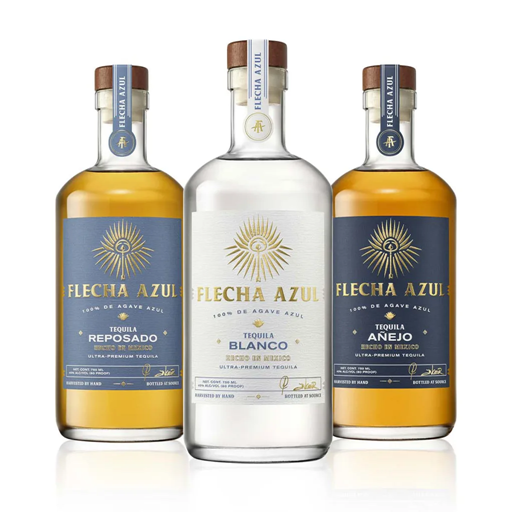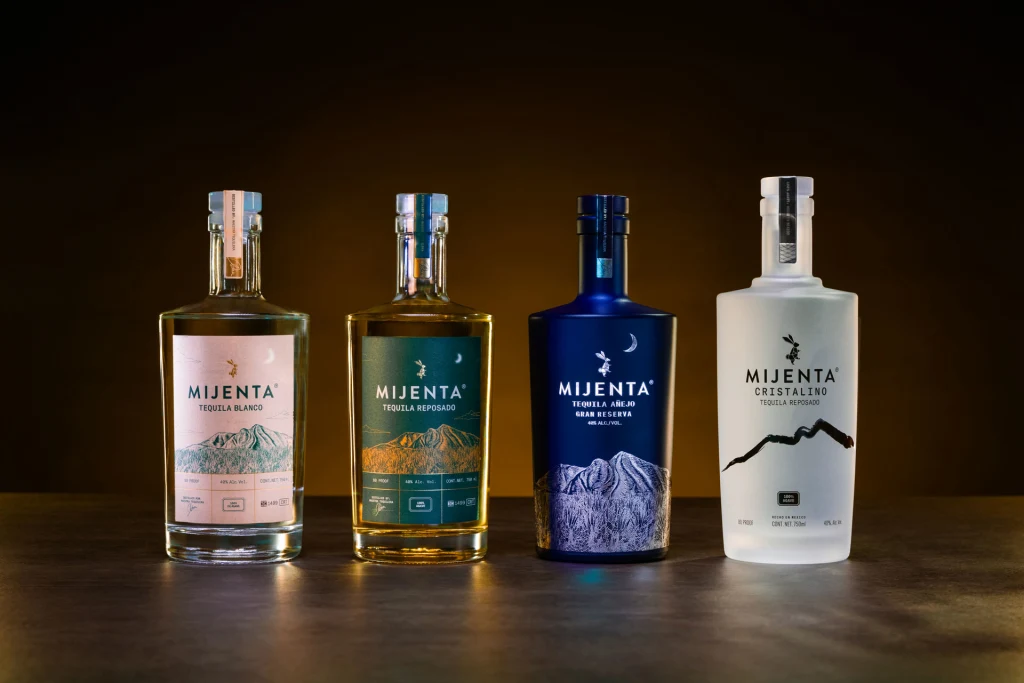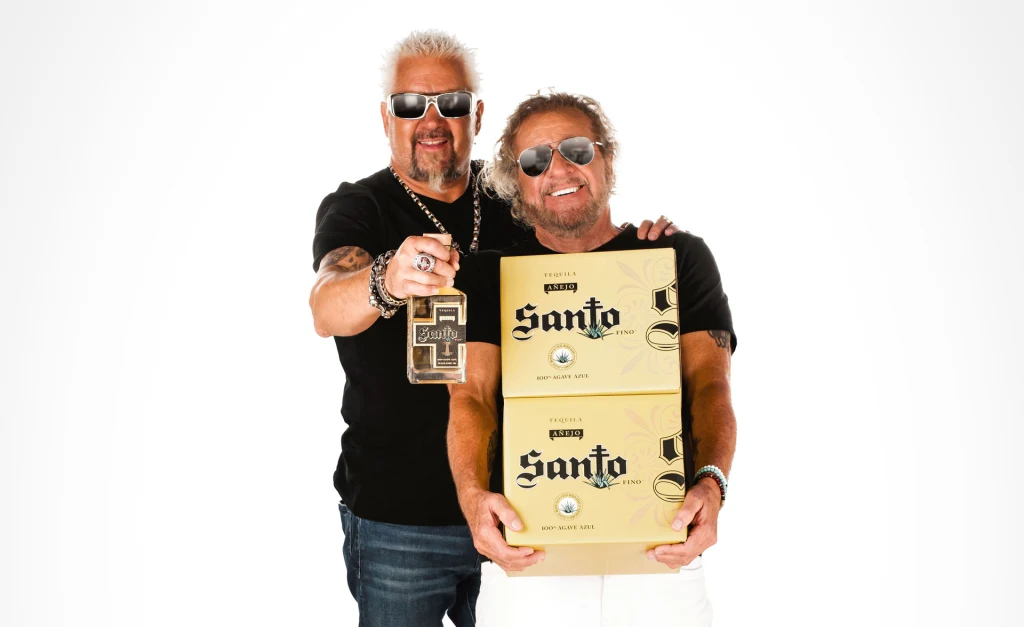How Big Tequila is fighting to make sure you never fully know what’s in your margaritas
The founders of Tequila Matchmaker are on a mission to help consumers identify “additive-free” brands. Problem is, no one can agree on what that means.
BY John Kell
At a recent tequila tasting event held at IXTA, a Mexican hotspot in Manhattan’s Lower East Side, Grover and Scarlet Sanschagrin lament that too many tequilas sold on shelves today contain artificial sweeteners and other additives.
The husband-and-wife duo are the founders of Tequila Matchmaker, an online platform created to tell consumers about what’s in their tequila, including what agave is used to make it, the water source, fermentation, and distillation. But they especially stress that drinkers should know if the tequila they drink has any additives, including oak extract, caramel color, and glycerin.
“There’s a lack of transparency,” says Scarlet Sanschagrin at the event.
Tequila Matchmaker has offered certification to dozens of tequila brands. The founders claim that at least 70% of tequilas on the market today have additives and that as many as 80% of the tequilas they test fail their certification to be “100% additive free.”
Tequila Matchmaker and some tequila brands say additives are used to cut corners. Tequila is made from agave, which can take around eight years to fully mature. But with tequila demand soaring in recent years, some brands aren’t so patient and are harvesting the agave early, resulting in a more bitter taste for the tequila that’s produced. Distillers are using additives to mask the undesirable flavors and create more consistency in the mouthfeel and coloring of the tequila.

“If you do want to introduce any type of sweetener, do it with how you mix your cocktails,” Aron Marquez, cofounder of Flecha Azul Tequila, tells Fast Company. “The tequila shouldn’t be flavored because you’re really not drinking traditional tequila.”
Rocker Sammy Hagar, who has founded two different tequila companies, agrees. “Additive free’ is a new phrase people are using because the category got so bombarded with things that have so much crap in them,” says Hagar.
Can you actually taste the difference?
At the IXTA event, journalists and bartenders are presented with three different styles of tequila: blanco, reposado and añejo. For each, there’s a glass filled with a tequila that’s additive free next to a competitor that has additives. It is a blind tasting, and after Tequila Matchmaker’s presentation, I am able to correctly identify all three tequilas with additives. The sweetness and color, I find, are the two biggest indicators of which tequilas contain additives.
Additives, tequila experts say, are diluting what makes tequila so great. Without additives, tequila tastes more earthy and can contain citrus notes. Most additives added to tequila can give it vanilla or caramel flavoring, which isn’t natural to the standard distilling process but does align with the sweetness that Americans crave in their liquor.
Shortly after the event, I reached out to Grover and Scarlet Sanschagrin to learn more. Since last year, they’ve been advocating for labeling that will help consumers identify “natural” tequilas.
But things have gotten a little strange.
Earlier this month, Mexican federal authorities raided a property owned by the Sanschagrins, confiscating hundreds of items from their home. Local news claimed that a complaint had been filed by the Tequila Regulatory Council, or CRT, a group backed by agave producers, tequila makers, packers, distributors, and government agencies to monitor and certify tequila.
The CRT stands against any efforts by groups like Tequila Matchmaker to push for additive-free labeling. Currently, the organization does allow for the inclusion of additives in 100% agave tequila, as long as it makes up under 1% of total liquid.
The founders of Tequila Matchmaker declined to comment for this story. The CRT did not respond to multiple requests for comment. Diageo, maker of Don Julio and Casamigos, and Proximo Spirits’ Jose Cuervo, stopped replying to requests for comment after confirming receipt.
Patrón, which last year announced an intention to create a new additive-free tequila seal alongside the CRT, has since backed away from the initiative and also declined to make a spokesperson available for this story. In a written statement, Patrón says that “there currently isn’t a standardized opinion for defining what makes a tequila ‘additive free’—but at Patrón we are very supportive of creating clear standards to define what are considered to be ‘additives’ within the tequila industry.”
Patrón says it uses just three ingredients to create the company’s tequila—100% weber blue agave, water, and yeast.
‘This industry is a no man’s land’
Many of the larger, premium-priced tequila brands promote a “100% weber blue agave” claim on their websites and products. But, as the CRT allows, that doesn’t mean they aren’t adding additives after the tequila is distilled or aged in barrels.
“This industry is in this no man’s land; there is no set of definitions,” says Michael Dolan Sr., CEO and cofounder of Mijenta Tequila. He believes consumers want to know what they are putting in their bodies and that’s why the tequila industry is in such a tizzy about additives today.

Mijenta, like a lot of brands, works with a third-party distiller and to ensure the tequilas they produce are additive free, the company conducts weekly testing in labs out of Mexico and California.
“It puts a bigger burden on the brand,” says Dolan Sr. “We’re constantly measuring. The way we work is one that is much more intrusive in terms of our involvement in the distilling process.”
Marquez, who founded Flecha Azul in 2017 and went to market with tequilas three years later, was born in Mexico but raised in the United States since the age of 11. Tequila was the drink his father and grandparents loved most, but when he got older, he wasn’t pleased with the tequilas sold in the U.S. “It’s just not the tequila that kind of reminds us of home,” says Marquez.
He understands why advocacy groups are trying to promote additive-free tequila but says the certification process isn’t scientific.
“I think the CRT is in the position now where they have to create some level of structure and guidance as to what you consider an additive-free tequila,” says Marquez. “To me, a tequila that’s additive free is actually smoother than the one that has sugar, coloring, and additives, because it’s just more of a subtle drink.”
Mas Tequila
Before celebrities ranging from George Clooney to Kendall Jenner launched tequila brands, there was Hagar. He first started selling Cabo Wabo Tequila in the United States in 1996 and later sold the brand to Campari for $100 million. One thing that comes across clearly when interviewing Hagar: he loves tequila.
“The margarita is the best drink ever invented on this planet,” says Hagar. “It’s the best frickin’ drink in the world. With salt, by the way.”

For several years, following the Campari deal, he was prohibited from launching another tequila brand. But he reentered the category by cocreating Santo Tequila with restaurateur Guy Fieri. Despite his own celebrity status, he is not a huge fan of most of the tequilas backed by celebrities. “I think a lot of people just sort of go around putting their names on a brand,” says Hagar.
To guarantee Santo’s tequilas are made without additives, Santo fully controls production at the company’s El Viejito Distillery in Jalisco, Mexico. Hagar likens his disappointment with the celebrity tequila craze with the idea of performing a song, but not writing the lyrics or playing any instruments.
“I want to make something that’s mine,” Hagar says. “That tastes like me, sounds like me, and smells like me.”
ABOUT THE AUTHOR
(36)